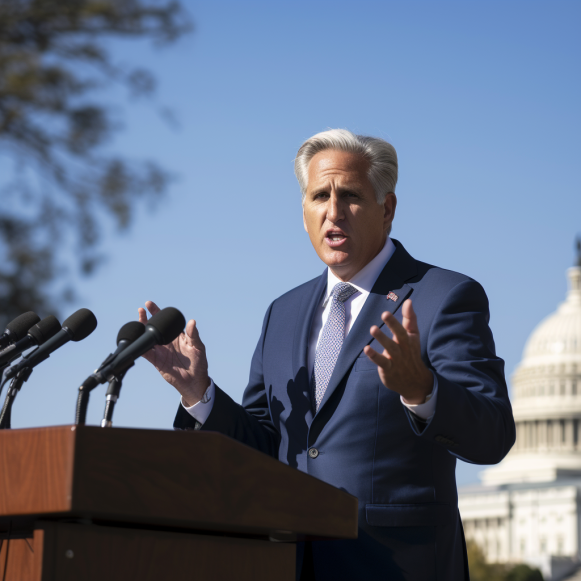New York City is on the verge of allowing thousands of homeowners to build extra dwellings in their backyard, garage, or basement

- New York City is on the verge of legalizing accessory dwelling units in much of the city.
- One planning expert estimates the city’s housing reform will create 20,000 such secondary units.
- The effort is part of the mayor’s “City of Yes” proposal, designed to boost the supply of homes.
In a city where reasonably priced apartments are difficult to find, a new type of affordable home may soon be legal.
As part of Mayor Eric Adams’ “City of Yes” housing package — an effort to create more housing of all kinds by loosening regulations — New York City is on the verge of legalizing accessory dwelling units, or ADUs, in certain neighborhoods across the five boroughs. The policy reform is expected to result in thousands of backyard tiny homes and converted garages, basements, and attics.
Housing-policy experts view the shift as a first step in expanding a neighborhood’s capacity for additional residents and a way to create more affordable housing, particularly in neighborhoods dominated by single-family homes.
These homes are an increasingly popular way to boost density without building apartment towers, adding new housing options and income opportunities for homeowners who choose to rent out their extra units. More than a dozen states across the country have legalized ADUs in recent years, and New York State greenlighted the secondary units in 2022, though New York City has restricted them.
“ADUs are a proven tool in cities across the country to support working families with extra space, additional income, and the opportunity to age in place,” Dan Garodnick, the director of the New York City Department of City Planning, told Business Insider in a statement.
In a key vote last week, two city-council subcommittees agreed to a modified version of the mayor’s plan that’s expected to pave the way for about 20,000 ADUs over 15 years — about half as many as would have been built under the original plan, said Marcel Negret, the director of land-use planning at the Regional Plan Association, a pro-housing nonprofit focused on the tri-state area. City of Yes is expected to pass the full council on December 5.
A nationwide push for ADUs
New York is following in the footsteps of cities such as Los Angeles and Seattle that view ADUs — also known as “granny flats” — as low-hanging fruit in the quest for more affordable housing. ADU construction has surged in California, where accessory units made up nearly 20% of new homes built last year and tend to offer more affordable rental units.
Nolan Gray, the research director at California YIMBY, called ADU legalization “the beachhead for broader reform” of housing policy because backyard homes tend to be popular with homeowners who’ve otherwise resisted new housing in their neighborhoods.
“You start to de-normalize this idea that 75% to 90% of the typical American city is going to be off limits to any form of multifamily,” he said.
Last year, New York City rolled out a pilot program that awarded 15 homeowners with up to nearly $400,000 in funding per household to build an extra dwelling in their backyard, basement, or attic. The city has since expanded that program, but it applies only to lots that are already zoned to accommodate another unit.
As part of the policy reforms, the City plans to adjust a slew of zoning laws and building codes to allow for ADUs. It will also create a “one stop shop” website to guide homeowners through the construction process, including a set of pre-approved designs, the city said.
“What we’re doing, essentially, is just ensuring that every layer of government that could potentially have some sway over whether you can build an ADU is actually allowing you to do so,” Casey Berkovitz, the press secretary for the Department of City Planning, told BI.
Some outer-borough council members are skeptical
Outer-borough members who represent some of the least dense neighborhoods in the city — where ADUs may be most feasible — are among the most vocal opponents of City of Yes. The council member Vickie Paladino, a Republican who represents Northeast Queens, has called the mayor’s plan “a calculated effort to destroy the character of our districts.” Another Republican council member opposed to City of Yes derided ADUs as backyard “treehouses” that would depress home values.
While the city’s original plan was estimated to create up to 40,000 ADUs over 15 years — as part of a total of more than 100,000 new units — the council members imposed some additional restrictions that will shrink that number, including blocking them in neighborhoods that allow only rowhouses or single-family detached homes.
Despite the council’s restrictions, there are many neighborhoods that aren’t exclusively zoned for one- and two-family homes but are still dominated by them. Such areas could be prime targets for backyard units, garage conversions, and other types of accessory units, Negret said.
“There are many other locations that still have single-family parcels that are not zoned under those categories where you could probably see ADUs popping up,” Negret said.





